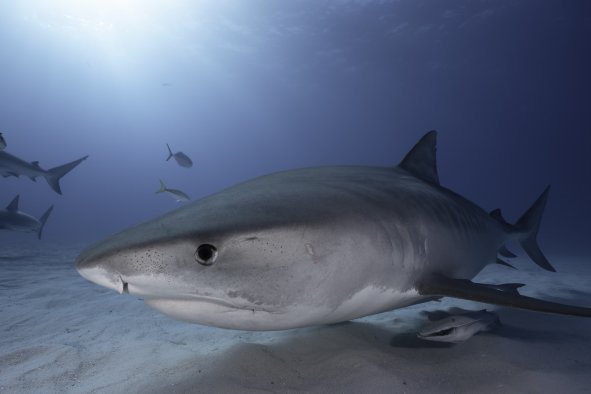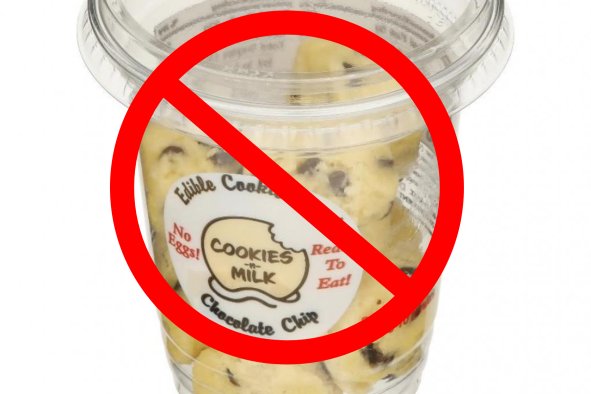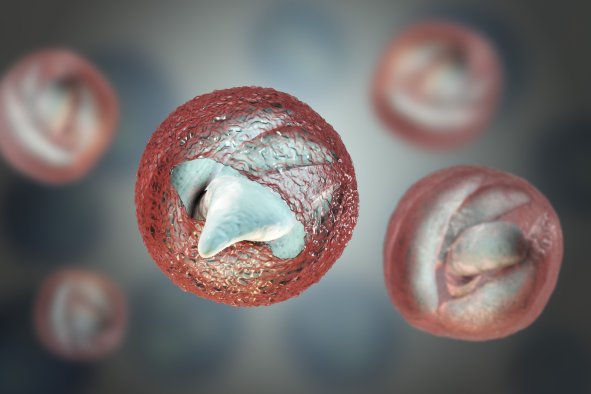A hungry koala nicknamed "Claude" has returned to a plant nursery to rob them of their delicious vegetation and brought some friends of his along.
Claude was busted last year for munching his way through $3,800 worth of eucalyptus seedlings—meant to go to a koala protection habitat—during the dead of night.
Now, Claude has returned, and is brazenly stealing plants during broad daylight.
In the months since Claude's first heist, the owners of the Eastern Forest Nursery in Australia's New South Wales built koala-proofing defenses around the plants, but to no avail.
"We've fenced three sides, and we had a fence with a wobbly shade cloth top, the theory being that if he tried to climb up he would fall back outside the fence," nursery owner Humphrey Herington told local news ABC North Coast.
"Then one day the staff actually saw him. He climbed up the shade cloth and was coming down onto the poles and getting into the nursery," Herington said. "That was three o'clock in the afternoon. That was an interesting visit, coming in for an early feed."
This time, Claude wasn't working alone, as CCTV footage revealed he had attracted a range of others—including females—to the nursery.
"Some of those pictures show a female with a joey on her back," Herington said. "Originally we just found the one koala who was in the original pictures that we took. [Claude] was clinging to the pole inside the nursery, like when staff got to work in the morning. But around the nursery you could probably count up to 12 or more koalas in the trees."
Koalas are some of Australia's most charismatic marsupials, spending the majority of their time sitting and eating in eucalyptus trees. They are endangered species in the Australian Capital Territory, New South Wales and Queensland as of 2022, and are listed as vulnerable on the International Union for Conservation of Nature Red List.
Their populations rapidly fell in recent years as a result of massive wildfires across their territory, as well as disease and habitat destruction due to urbanization and agriculture. Various conservation programs are in place to preserve their habitats and manage populations.
Together, the group of koalas ate their way through several thousand seedlings at the nursery, as well as wrecking the trees surrounding the area.
"A Tallowood tree that was planted at a nursery probably 15 years ago, there was only one Tallowood in that area, and the koalas seem to really go for that tree," Herington said. "It had no time to recover and so eventually that tree died off. I think because there are so many koalas in that little patch of land—it's so isolated and there's nowhere for them to go—I think that's what's causing the pressure [on the] nursery."
Despite the cost, Herington feels glad that at least Claude's story has brought the plight of the koalas to the public's attention.
"Even though there's a little bit of an economic cost, Claude's really highlighted a need, and it's created a lot more awareness of habitat loss," he said. "I'm glad that he's around. I like to see the koalas around the nursery."
Do you have an animal or nature story to share with Newsweek? Do you have a question about koalas? Let us know via nature@newsweek.com.
Disclaimer: The copyright of this article belongs to the original author. Reposting this article is solely for the purpose of information dissemination and does not constitute any investment advice. If there is any infringement, please contact us immediately. We will make corrections or deletions as necessary. Thank you.



